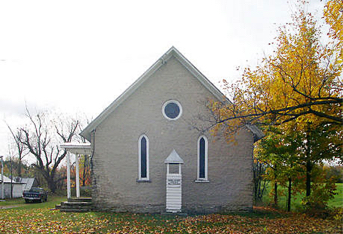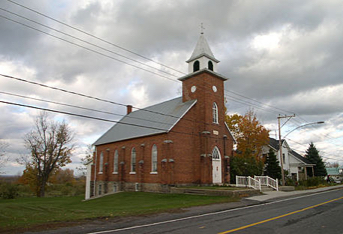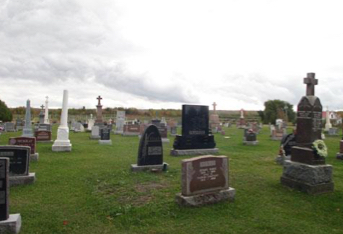Homepage • The Municipality • Portrait • History & Heritage
History & Heritage
The municipality of Franklin was officially recognized in 1857. With a rich and unique historical and human heritage, Franklin was named in memory of Sir John Franklin (1786-1847), an English explorer who travelled to the mouth of the Mackenzie River in the Northwest Territories.
However, it was not until 1973 that it obtained its current status following the merger of the Township of Franklin and the Parish of Saint-Antoine-Abbé-Partie-Nord-Est.
Discover
Our little history

Curé Labelle
The two main cores of Franklin are situated as follows on the geographical map: Saint-Antoine-Abbé at the intersection of Route 201 and Route 209; and Franklin-Centre at the intersection of Route 202 and Route 209. Additionally, the municipality encompasses the rural area of Doréa and the hamlets of Maritana and Bridgetown.
The settlement of the lands of Franklin began quite early. Indeed, the first settler by the name of Asa Smith established himself there around 1788. A decade later, around the early 19th century, other settlers arrived from the United States, Ireland, and England.
The first school in Franklin Centre was built in 1830, and the Township of Franklin was established by detachment from the Township of Hemmingford in 1857.
Curé Labelle
A legendary figure known to all Quebecers, it was in Saint-Antoine-Abbé that Antoine Labelle (Curé Labelle) served his first term as a parish priest at the Church of Saint-Antoine-Abbé, from 1859 to 1863, appointed by the bishop of the diocese of Montreal, Bishop Ignace Bourget. Curé Labelle was the first to occupy the rectory, a building still in place and in very good condition, although its vocation has changed over the years. The young priest had to face both strong dissension among his co-religionists and a strong Protestant presence. While he already demonstrated his leadership qualities by overcoming these obstacles, he was often tempted by discouragement: sometimes he secretly confessed to his bishop that he was tempted to regret his priesthood, other times he wished he could hide in a monastery.
Beset by financial difficulties, he had to incur debts. Crushed under their weight, the man who would later rightfully be considered one of the most fervent champions of the fight against emigration of his compatriots to the United States, was, with a heavy heart, on November 12, 1867, compelled to ask his bishop to let him go to an American diocese where a higher salary would allow him to pay off his debts and provide a pension for his mother. Instead of granting this request, Bishop Bourget appointed him, on May 15 of the following year, as the parish priest of the prosperous parish of Saint-Jérôme, a position he held until his death. Curé Labelle would later become one of the main characters of the television series “Les Belles Histoires des pays d’en haut” (1956-1970), a classic of the Quebec television landscape.
In 1868, the post office under the name of Franklin Centre was opened.
Heritage
According to the Conseil du patrimoine religieux du Québec, the municipality of Franklin boasts several places of worship with rich heritage. These include Christ Church, built in 1899, Franklin United Church located in the village core of Franklin Centre and constructed in the 1870s, and the Church of Saint-Antoine-Abbé, also built around the same time.
Other elements listed in the Répertoire du patrimoine culturel du Québec include the cemetery of Saint-Antoine-Abbé, with its cavalry located behind the church, and the presbytery of the Church of Saint-Antoine-Abbé.




Cemetery of Saint-Antoine-Abbé and Calvary
- 2530, QC-209, Saint-Antoine-Abbé
- (QC) J0S 1N0